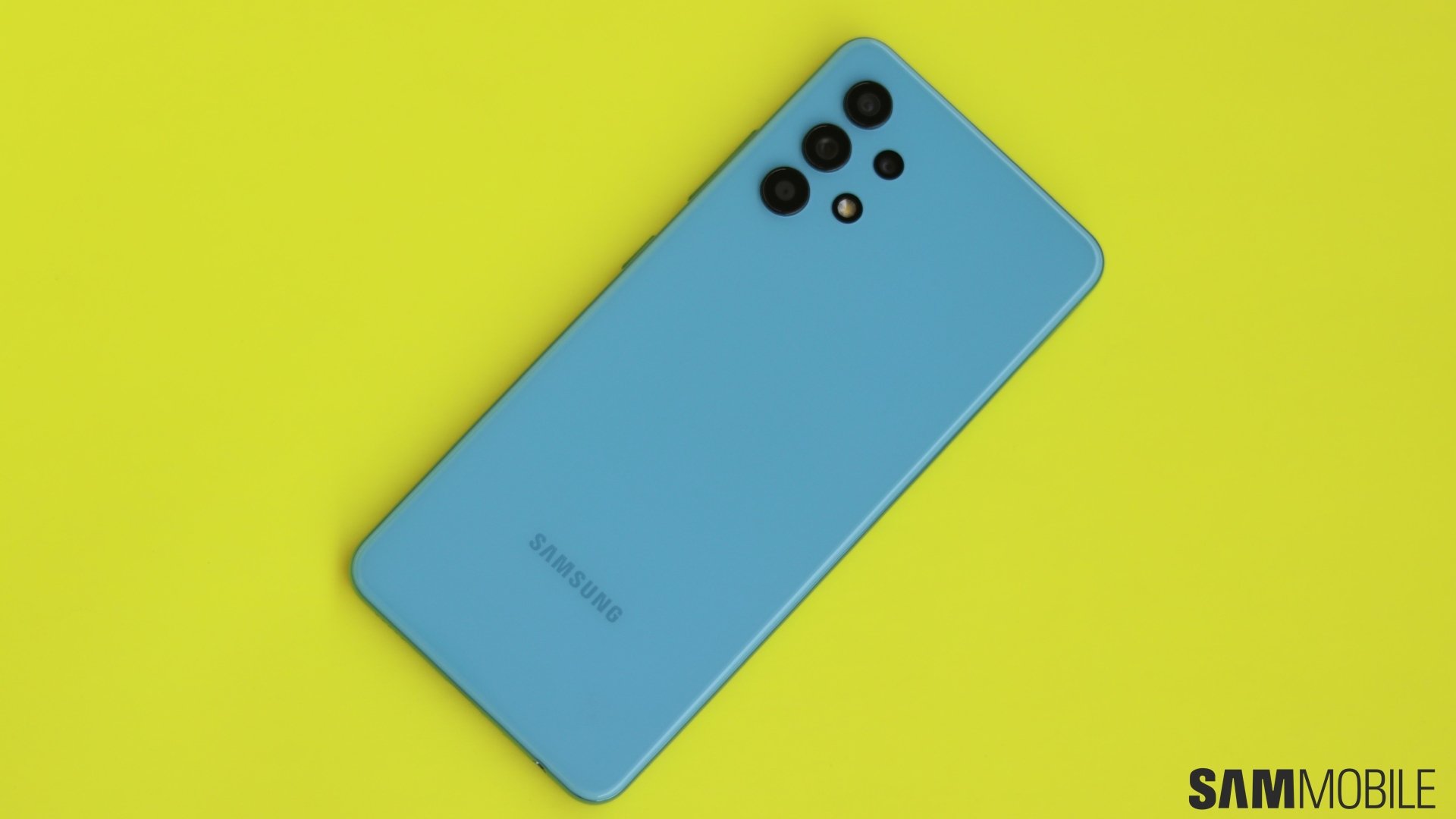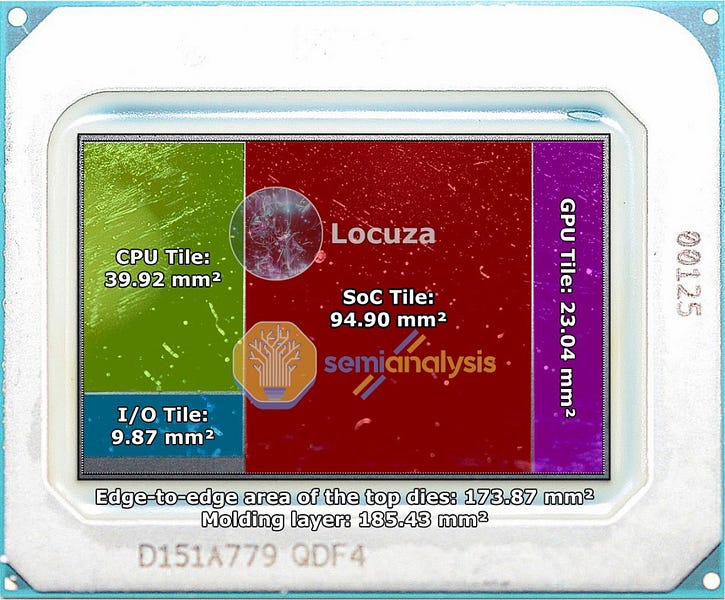hist78
Well-known member
I'm wondering what kinds of collaborations can be? In terms of memory, I thought Micron and SK Hynix have more collaborations with Intel already.
The Korea Herald: Samsung, Intel chiefs meet in Seoul for chip collaboration.

 www.koreaherald.com
www.koreaherald.com
The Korea Herald: Samsung, Intel chiefs meet in Seoul for chip collaboration.

Samsung, Intel chiefs meet in Seoul for chip collaboration
Samsung Electronics Vice Chairman and de facto leader Lee Jae-yong met Intel CEO Pat Gelsinger, the company said Monday, raising expectations over a possible co


